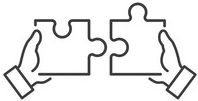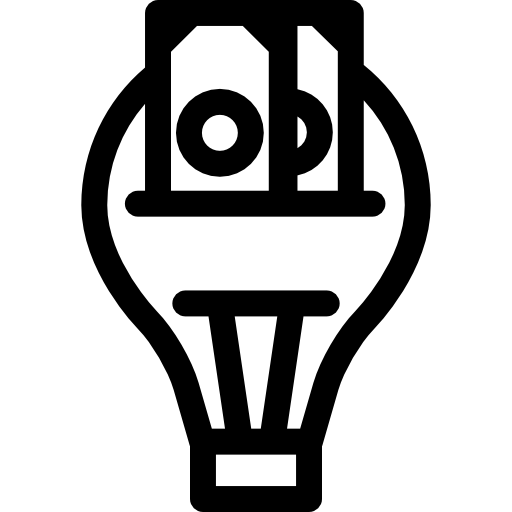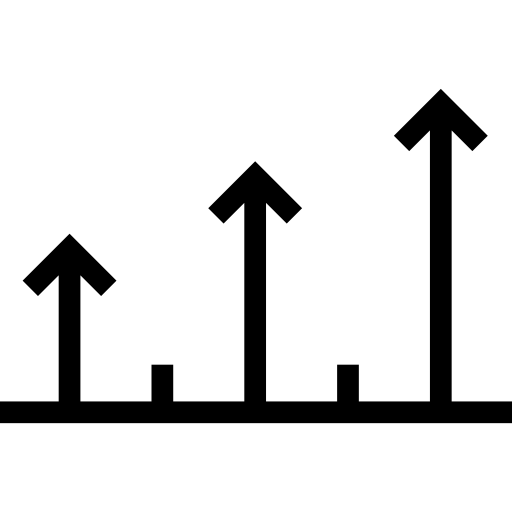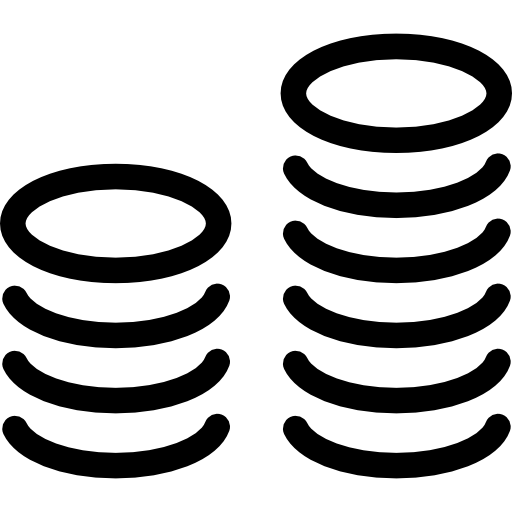
Starting date : Jun. 2018 > May 2021 Lifetime: 36 months

Program in support : ECSEL Joint Undertaking (Electronic Components and Systems for European Leadership)

Status project : in progress

CEA-Leti's contact :
Bruno Fain
Yves Quéré

Project Coordinator: Philips Research (NL)
Partners: - BE : IMEC
- CH: Comelec, Dyconex AG
- DE : 3D-Micromac, Catena Germany GmbH,Cortec, Finetech GmbH & CO. KG, Fraunhofer IPMS, Fraunhofer IZM, Fraunhofer Research Institution for Microsystems and Solid StateTechnologies, Institut für Mikroelektronik Stuttgart,Johnson Matthey Piezo Products GmbH,Multichannel systems GmbH, Osypka
- ES: Brio apps Alphasip, CIBER Centro de Investigacion Biomédica en Red, CIKAUTXO S.COOP, Fundacion Centro de Cirugia de Minima Invasion Jesus Uson, University Complutense Madrid, University of Zaragoza
- FI: Aalto - Korkeakoulusaatio, Okmetic Oy, Picosun, Teknologian Tutkimuskeskus VTT, Tikitin
- FR: CEA-Leti, Murata Integrated Passive Solutions,Philips Research Paris, Vermon
- HU: MAT-EK, MTATK
- IE: Analog Devices International (ADI), Brivant, Limited T/A Lake Region Medical, Creganna medical, Tyndall National Institute
- IT: Kessler Foundation for Research,Università degli Studi Roma Tre
- NL: Catena Holding B.V., Delft University of
Technology, Eindhoven University of Technology, Philips Electronics Netherlands B.V., Philips Medical Systems B.V., Reden B.V., Salvia Bioelectronics B.V. - PT: INESC-ID, Instituto de Telecomunicações
- SE: SILEX

Target market: n/a

Investment: € 53.6 m.
EC Contribution: € 13.4 m.

| Stakes
Almost all ultrasound transducers are today based on bulk poly- or single-crystalline piezo materials.These materials are difficult to work with and require mechanical dicing into individual transducer elements. This makes it cumbersome and expensive to manufacture 2D arrays for 3D imaging, miniaturize transducers for the use in catheters or produce high frequency arrays.
In recent years, CEA-Leti has developed know-how in the design and manufacture of microsystems such as micromachined ultrasound transducers (MUT) actuated by capacitive or piezoelectric means. Compared to standard piezo transducers, these MEMS transducers allow low-cost manufacturing of 2D arrays for 3D imaging for further miniaturization because a difficult and costly assembly step is eliminated; they thereby offer an overall lower transducer cost. In the POSITION-II project, CEA-Leti is taking part in a comparative study of different MUT technologies. Actuation technology, material stack, actuation mode (conventional or collapse mode) and process flows are compared on an experimental basis. The goal of this benchmark is to evaluate the pros and cons of each technology and to assess its relevance for different applications, such as cardiovascular imaging, obstetrics, Doppler imaging or theranostics, to produce a common roadmap mapping application.
CEA-Leti brings its major manufacturing expertise by making its own transducers on its 8’’ MEMS platform. CEA-Leti also contributes to each step, from transducer specification to data analysis, to map the application space with the different technologies supplied by the other project partners.
The project outcomes are expected to support the industrial road-map for MUT, a key technology for the next generation of catheter and smart implants.
Around 10% of the West’s population will be taken at a moment in life to a catheterization (cath) laboratory for angioplasty surgery (stent placement), treatment of arrhythmia or heart valve replacement. Fortunately, most of these procedures are minimally invasive and are assisted by a host of smart imaging and sensing catheters, which are the surgeon’s “eyes and ears” at the point of operation.
Essential and life-saving as these smart instruments are, they are invariably manufactured using outdated and obsolete technology. Surprisingly, there has been little to no innovation over the last decade, although clinicians are calling for more functional instruments that are smaller, cheaper and easier to use. This lack of innovation is primarily due do instruments being manufactured using technological point solutions, which do not generate alone enough production volume to justify continuous innovation.
The ambition of the POSITION-II project is to achieve a breakthrough in this predicament by introducing open technology platforms for miniaturization, in-tip AD conversion, wireless communication, MEMS transducer technology and encapsulation. These platforms will be open to multiple users and for multiple applications. Open platform availability will allow manufacturers to raise smart catheter performance at lower cost and enable development of noval minimally invasive smart instruments. The platform approach will generate the production volume needed for roadmap-guided sustainable innovation.
IMPACT
POSITION-II will enhance Europe’s competitiveness in the field of minimal invasive surgery. It will prompt further development of European R&D and manufacturing capability in an innovative industrial segment of high economic importance, encompassing the micro-fabricated device itself and the various value chains. By bringing smart catheters into the domain of high volume manufacturing, POSITION-II will improve the quality of healthcare at a manageable cost.
|
|